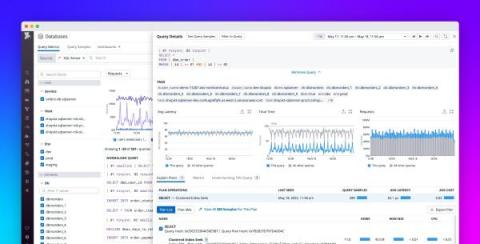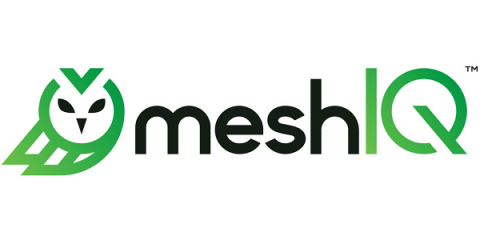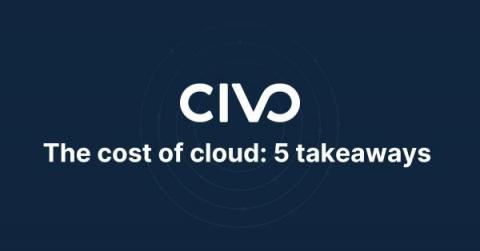Monitor your Graviton3-powered EC2 instances with Datadog
AWS’s new Graviton3 EC2 instances are built on its third generation of custom Arm-powered processors. These instances promise up to 25 percent better performance over Graviton2 for compute-intensive workloads. This means that, for applications like distributed data analytics, machine learning, video encoding, gaming, and more, migrating to Graviton3 instances can provide better performance, cost savings, and more energy efficiency.











